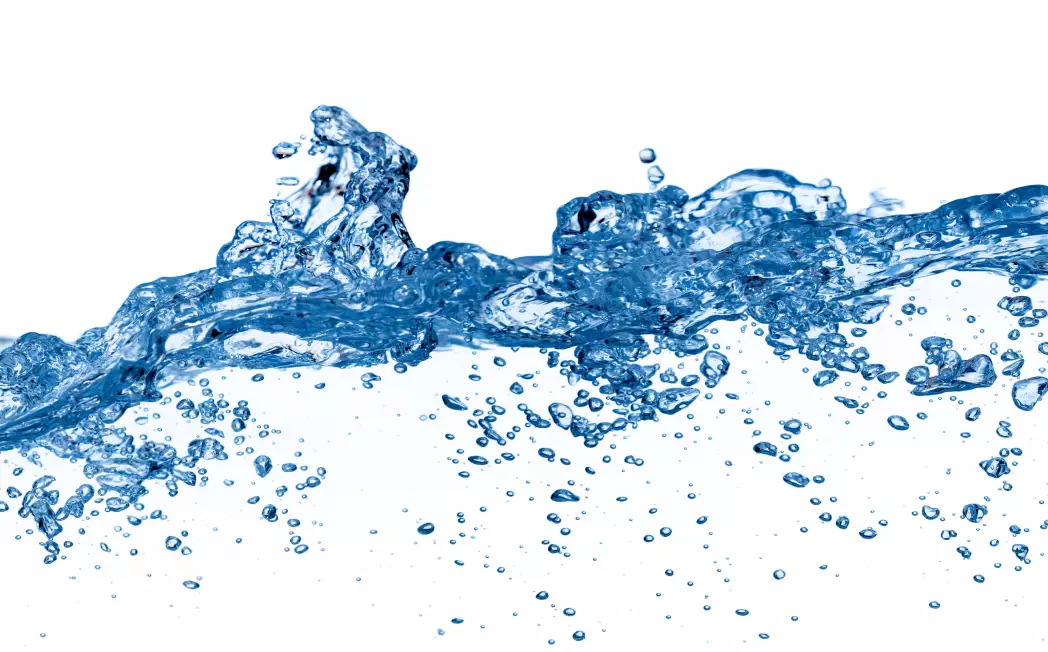Water Quality Standards & Applications

What is pure water?
Water, mechanically filtered or processed to remove impurities and make it suitable for use.
Impurities:
Inorganic, organic or biological.
Purified water parameters
| Parameter | Control method | Inorganic ion concentration | Conductivity measurement |
|---|---|
| Total organic carbon | Photooxidation, UV measurement |
| Bacteria concentration | Incubation, growth, examination |
| RNase/Endotoxin concentration | Specific laboratory tests |
Properties of water
| Water type | Contamination | Configuration | |||
|---|---|---|---|---|---|
| Inorganic | Organic | Bacteria | RNase | ||
| Distilled (RO) water | Moderate | Moderate | Undefined | Undefined | “RO” |
| Pure water | Low | Moderate | Undefined | Undefined | “Pure” |
| Analytical grade | Very low | Low | Low | Undefined | “Trace” |
| HPLC grade | Very low | Very low | Very low | Moderate | “HPLC” |
| Bio grade | Very low | Very low | Very low | Very low | “Bio” |
Main contaminants
| Specification of laboratory water ISO 3696 | Specification of laboratory water ASTM (D1193-91) |
Grade 3 (>0.2 MΩ*cm, < 5 μS/cm)
|
Type IV (>0.2 MΩ*cm, < 5 μS/cm) Type III (>4 MΩ*cm, < 0.25 μS/cm)
|
|---|
International Water Quality Standards
Inorganic ions
Successfully removed by reverse osmosis and deionizing resins.
Organic molecules
Partially removed by activated carbon and reverse osmosis
(large molecules mostly).
Fully removed by photooxidation and polishing.
Organic molecules
May grow on resins, inner surfaces of the tubes.
Should be eliminated by UV lamp and filtered by 0.22 μm filter right at the dispensing port.
RNase/Endotoxins
Critical for molecular biology applicaitons.
Removed by point-of-use ultrafilter that needs periodic replacement.
Laboratory Applications
We offer water treatment solutions for a wide range of laboratory applications. The list below helps you find the right water treatment system for your application. Please feel free to contact us for further information.
In Atomic Absorption Spectroscopy techniques, the analysis is performed either by evaporating the sample in flame (FAAS) or in a graphite furnace (GFAAS).
To ensure precision and accuracy of measurements, Grade 2 water is suitable for FAAS analysis, while ultrapure, Grade 1 water is required for GFAAS due to higher sensitivity and lower detection levels of the method.
Suitable products:
Gradus
Q-Front N
Q-Front
Q-Front EDI
B300
B310
Crystal EX
Compact Pure
Integrity+
Connect
Connect LT
Onsite+
Liquid Chromatography (LC)
High-Performance Liquid Chromatography (HPLC)
Ultra-High-Performance Liquid Chromatography (UHPLC)
Gas chromatography (GC)
Ion Chromatography (IC)
Suitable products:
Gradus
Q-Front N
Q-Front
Q-Front EDI
B300
B310
Crystal EX
Integrity+
Connect
Connect LT
Onsite+
Glassware washing
Autoclave Filling
Steam Generators
Suitable Products:
Q-Front
Compact RO
RADIX RO
Compact Sterifeed
Laboratory water for Molecular Biology applications require the highest purity levels. Typically, nuclease-free Grade 1 water should be used.
Suitable Products:
Gradus
Q-Front N
Q-Front
Q-Front EDI
B300
B310
Crystal EX
Integrity+
Connect
Connect LT
Onsite+
Clinical biochemistry is concerned with methodology and interpretation of a wide range of in vitro chemical and biochemical tests performed on body fluids and tissues, to support diagnosis, treatment and monitoring of disease. The most important aspect of water for automated pathology analysers is reliability, and therefore must be compliant with a the appropriate water quality standards such as CLRW. The CLRW resistivity specification of >10 MΩ x cm.
Suitable products:
Compact Pure
Compact EDI Pure
RADIX EDI
Electrochemistry
Wet chemistry
Spectrophotometry
Suitable Products:
Gradus
Q-Front N
Q-Front
Q-Front EDI
B300
B310
Crystal EX
Integrity+
Compact Pure
Compact EDI Pure
Inductively coupled plasma atomic emission spectroscopy (ICP-OES)
Inductively coupled optical emission mass spectrometry (ICP-MS)
Gas Chromatography - Mass Spectrometry (GC-MS)
Suitable Products:
Gradus
Q-Front N
Q-Front
Q-Front EDI
B300
B310
Crystal EX
Integrity+
Connect
Connect LT
Onsite+
For general purposes in a microbiology laboratory, for example, media preparation, Grade 2 water is perfectly suitable, while more sensitive applications require the use of ultrapure, Grade 1 water.
Suitable Products:
Gradus
Q-Front N
Q-Front
Q-Front EDI
B300
B310
Crystal EX
Integrity+
Connect
Connect LT
Onsite+